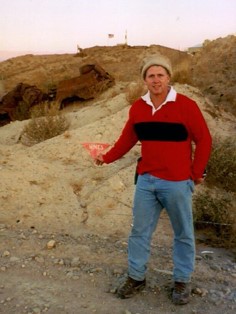
Vern Liebl served in the U.S. Marine Corps from 1980 to 2006, retiring as a major. During his career, he worked in the field of intelligence, specifically focused on the Middle East and South Asia, and spent extensive periods deployed, with four combat tours in the Middle East (Afghanistan, Iraq, Yemen, and Kuwait). Following his retirement, he served as the Middle East desk officer at the Center for Advanced Operational Culture Learning (CAOCL) at Marine Corps University from 2010 to 2021. He earned master’s degrees in Islamic history from the University of Utah in Salt Lake City and national security and strategic studies from the Naval War College in Newport, Rhode Island, where he graduated with “highest distinction” and focused on Islamic economics.
The views expressed in this article are solely those of the author. They do not necessarily reflect the opinions of Marine Corps University, the U.S. Marine Corps, the Department of the Navy, or the U.S. government.